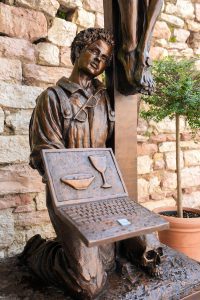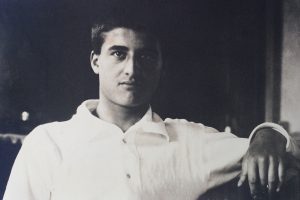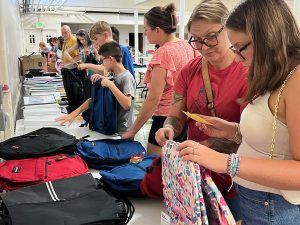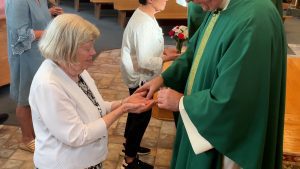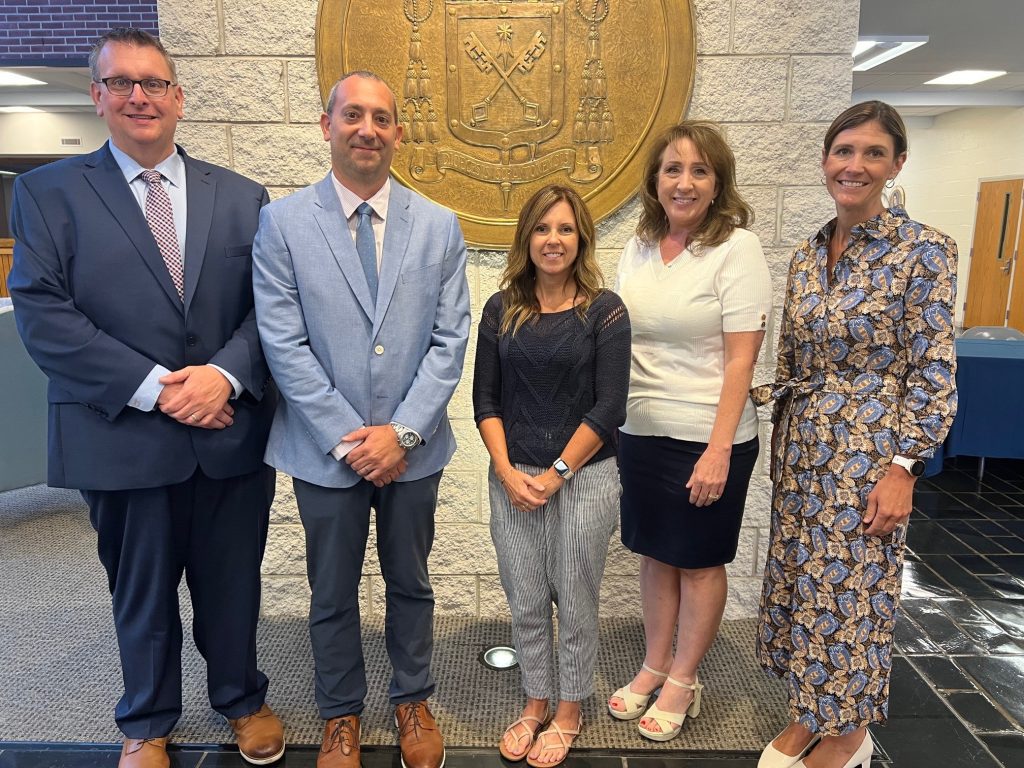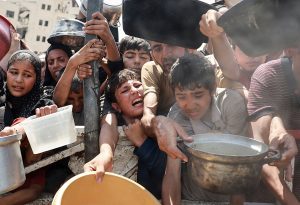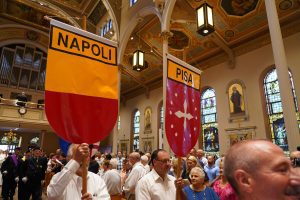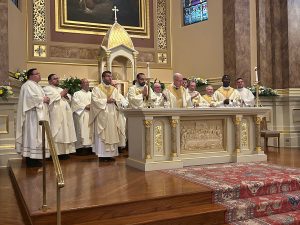ST. PAUL, Minn. (OSV News) – A deadly mass shooting took place the morning of Aug. 27 at Annunciation Catholic School in Minneapolis shortly after the start of the school day during an all-school Mass at the adjacent Annunciation Catholic Church.
The gunman shot from the outside of the church through windows at the Mass attendees with a rifle, shotgun and pistol, killing two children, ages 8 and 10. According to Minneapolis Police Chief Brian O’Hara, 17 others are injured, including 14 children.
The suspected gunman is also dead and believed to have taken his own life in the parking lot. Local police say there is no longer an active threat.
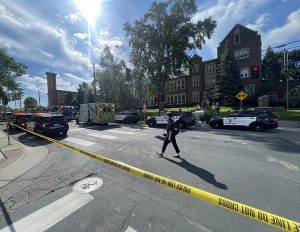
The nearby Richfield Police Department stated earlier that “a man dressed in all black and armed with a rifle was reported at the scene.”
The shooter is yet to be publicly identified. O’Hara described the suspect as in his 20s and dressed in black. He said an apparent smoke bomb had also been found.
O’Hara confirmed that at least two of the church’s exterior doors had been barricaded with two-by-four wooden boards.
Aug. 27 was the third day of the school year for the Catholic elementary school, which serves students in preschool to grade eight. Students were attending an all-school Mass that began at 8:15 a.m. local time. Authorities were alerted at 8:27 a.m.
Minneapolis Mayor Jacob Frey joined O’Hara in speaking to media on the scene. Dr. Thomas Wyatt, chair of emergency medicine at Hennepin County Medical Center, a Level 1 trauma center in downtown Minneapolis, also provided reporters an update on victims’ status. He said 11 patients were taken to HCMC, among them two adults and nine children ages 6-14.
“Don’t just say this is about thoughts and prayers right now. These kids were literally praying,” Frey said.
Father Erich Rutten, pastor of nearby St. Thomas the Apostle Parish, arrived on scene this morning to pray with and comfort distraught and grieving parents at the school.
The priest told NBC News that parents were in “great, great anxiety and grief,” with some “wailing and crying, some stooping to the ground.”
He told the news outlet that he hugged those he recognized; several of them joined in as he prayed the rosary.
OSV News reached out to the Archdiocese of St. Paul and Minneapolis, and is awaiting comment. Staff from The Catholic Spirit, the archdiocese’s newspaper, were on the scene.
On its website, the archdiocese posted, “Please pray for all those affected by the shooting today at Annunciation in Minneapolis. Updates to come from The Catholic Spirit.”
Bishop Kevin T. Kenney, auxiliary bishop of St. Paul and Minneapolis who grew up attending Annunciation Parish, told a local news station that “it’s just unbelievable that this could happen, still today.”
It’s “very sad for the community, for the families, and very sad for the families who have lost loved ones,” said Bishop Kenney, speaking at HCMC.
“It’s a horrible, horrific way for all the students to begin the school year. Safety procedures were put in place, people come excited to go back to school, very excited about an academic year, feeling safe in south Minneapolis, and now look what happened,” he said.
“When I heard about the shooting this morning, I’m right down the street … I decided I better come over and just support the families and be here with them,” he said. “I have talked to a few (families) whose children are in surgery or being cared for. Just panicking, of course they’re in shock and worried, asking ‘why,’ so I’m just here to comfort … and to just walk with them in these hours ahead.”
Annunciation’s former interim pastor Father Robert Hart, 77, told NBC News that the shooting was “unbelievable.”
“It’s hard to believe that this could happen at a Catholic Mass,” he said. The priest described Annunciation as a “very close-knit and very supportive” community.
President Donald Trump said on the X social media platform that he has “been fully briefed” on the shooting.
“The FBI quickly responded and they are on the scene,” he said. “The White House will continue to monitor this terrible situation. Please join me in praying for everyone involved!”
Also on X, Minnesota Gov. Tim Walz said that he has been “briefed on a shooting at Annunciation Catholic School and will continue to provide updates as we get more information. The BCA and State Patrol are on scene. I’m praying for our kids and teachers whose first week of school was marred by this horrific act of violence.”
Kristi Noem, secretary of the U.S. Department of Homeland Security, said on X that “DHS is monitoring the horrific shooting at Annunciation Catholic School in Minneapolis. We are in communication with our interagency partners, and will share more information as soon as it becomes available. I am praying for the victims of this heinous attack and their families.”
Bishop Robert E. Barron of Winona-Rochester, Minnesota, asked for prayers on X.
“Friends, this morning there was a shooting at Annunciation Catholic Parish in Minneapolis. Please join me in praying for all those who were injured or lost their lives — along with their families,” he wrote. “Let us also pray for the students, faculty, and entire parish community,” he wrote.”
Bishop Patrick M. Neary of St. Cloud, Minnesota, also expressed his grief over the shooting.
“Today, our hearts are shattered by the horrific act of violence that occurred at Annunciation Catholic Church and School in Minneapolis. Children were gathered for Mass. Teachers were beginning a new school year. Families were entrusting their loved ones to the care of the Church,” he said in a statement.
“I grieve deeply with the families, students, staff and parishioners of Annunciation. I grieve with our neighbors in the Archdiocese of Saint Paul and Minneapolis. And I grieve with every person who now carries the trauma of this senseless violence.
“As Catholics, we believe in the dignity of every human life. That dignity is destroyed when violence becomes routine,” he continued. “May Christ, the Prince of Peace, bring healing to all who are wounded, and may Our Lady of Sorrows intercede for us in this time of grief.”

